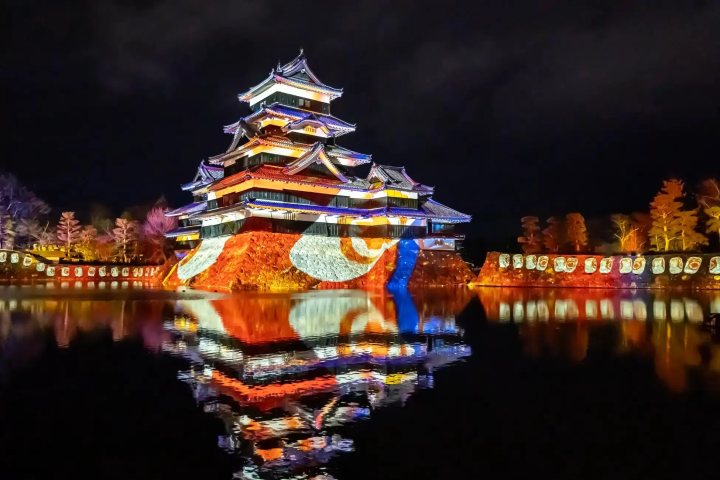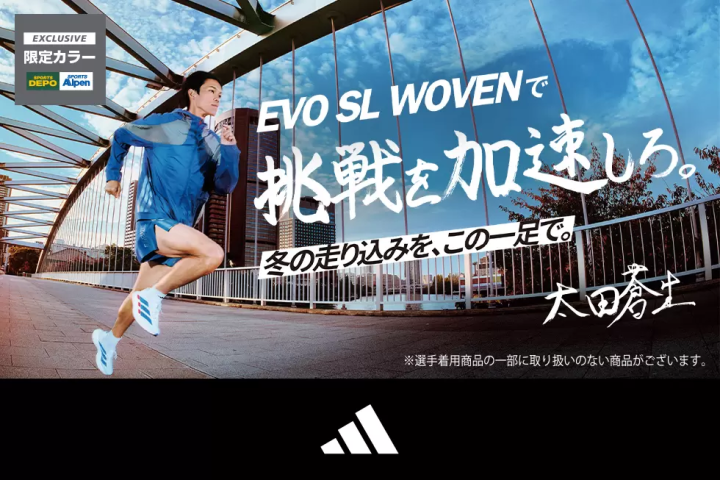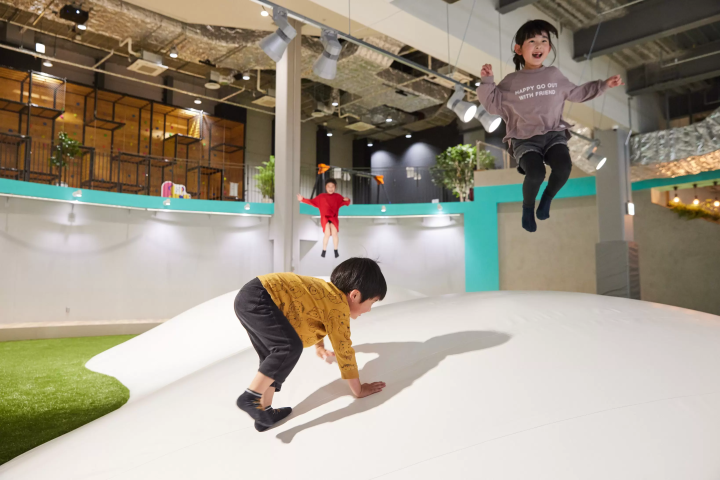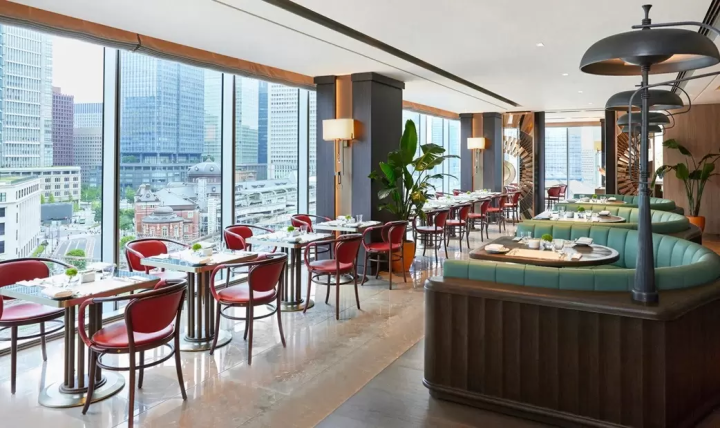Tabisuru Shintora Market: Enjoy Regional Charms With Your Five Senses!

We will introduce Tabisuru Shintora Market, a commercial facility located on Shintora Avenue that is gathering attention for introducing foods, specialty products, and cultures of each region of Japan to those both in and out of the country.
Tabisuru Stand
There are four stands permanently located along Shintora Avenue. Visitors can enjoy products and art in each region’s stores as well as cuisine made using ingredients from that season’s regional theme too.
The period of summer 2017 is themed off of four areas in Niigata and their festivals.
Tabisuru Stand (standard for all stores)
Business Hours: 11:00 – 15:00, 17:00 – 21:00
Closed: Mondays
Nagaoka: Nagaoka Hanabi Umaimon Uchiagetei
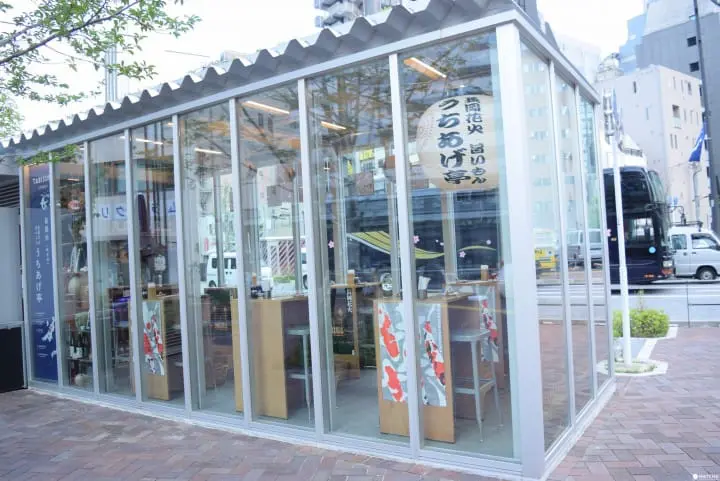
The Shinano River is the longest river in Japan. Its riverbeds act as the stage of the launch of the Nagaoka Fireworks Festival which is a famous summer event in Niigata. You can taste food from Nagaoka that is overflowing with colors and beauty inspired by this fireworks festival.
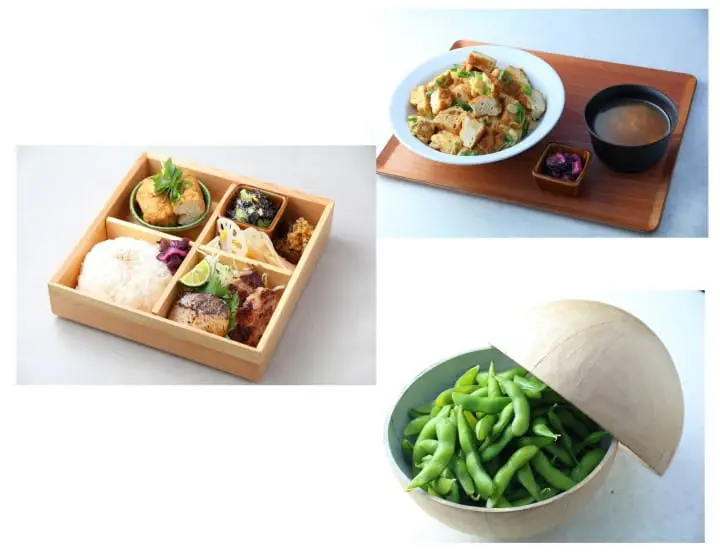
The top photo pictures the Tochio Aburage Don (780 yen plus tax). Tochio aburage is a specialty of Nagaoka and is said to be approximately three times the size of normal aburage (*1). The middle photo is of the Nagaoka Bento (1180 yen plus tax). The bento box is divided into four sections and is filled with cuisine made with ingredients from Nagaoka.
The bottom photo is of the Shakudama Edamame (600 yen plus tax) which are green soybeans, a specialty of Nagaoka, served in the shape of shakudama fireworks (*2).
*1 Aburage: thinly sliced tofu that is fried in oil.
*2 Shakudama: a spherical aerial firework. When the shakudama is launched into the air, it bursts into fireworks.
Tokamachi: Hegisoba Tokamachi
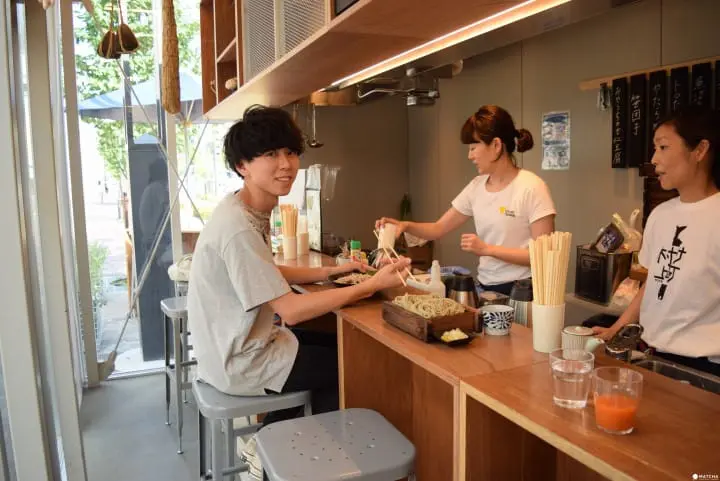
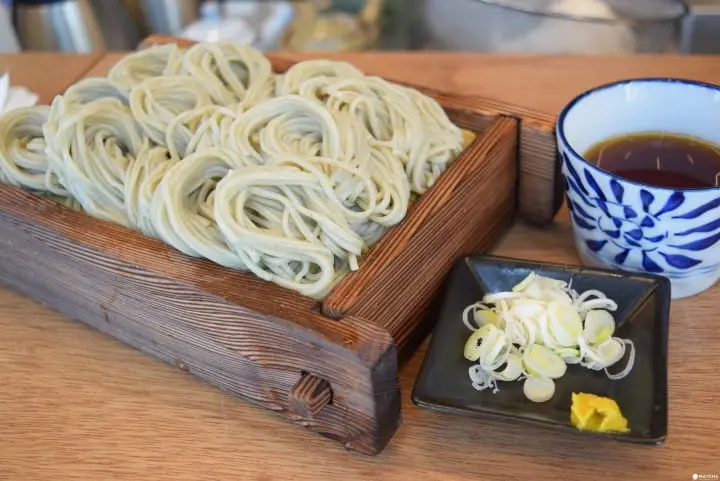

The Hegisoba Direct From Kojimaya is 1080 yen plus tax. A counter separates the Stand into two areas where you can watch as the staff make the food fresh. You can also watch as they make hegisoba into its characteristic small bundles before being served on a wooden tray.
Local sake from Tokamachi’s sake breweries can also be enjoyed together with your soba. Please enjoy the springy texture and fragrance from the funori seaweed that is unique to hegisoba while drinking sake!
*3 Hegisoba: Soba (buckwheat noodles) that originated in the Uonuma area of Niigata. This is a type of soba made using funori seaweed as a thickener, and is served in a container referred to as hegi.
Tsubame & Sanjo: Koba Shokudo

Since 2014, the Tsubame-Sanjo area has prospered in manufacturing metalworking based on practices from the Edo period. An event called the Tsubame-Sanjo Factory Festival, where you can observe and experience manufacturing first hand, will be held in October.
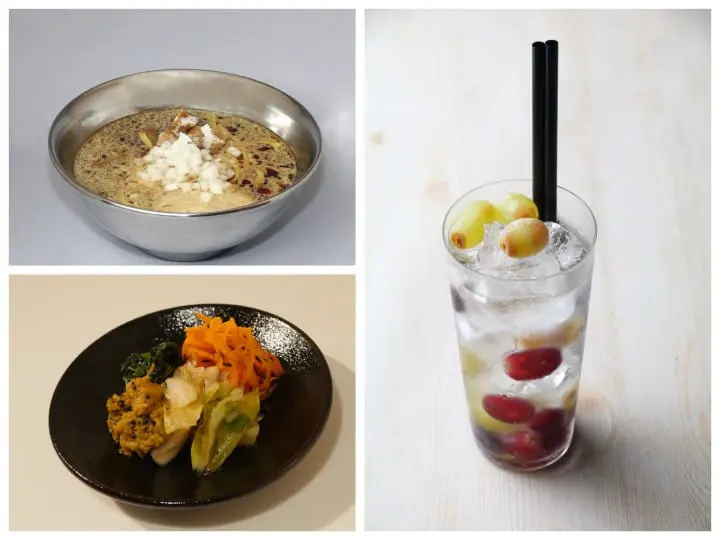
At Koba Shokudo, you can enjoy Seabura Ramen (pork back fat ramen; 850 yen plus tax), Fried Kuruma Fu (wheel-shaped wheat gluten; 400 yen plus tax), a cocktail using specialty fruits (from 700 yen plus tax), and more using ingredients, tableware, and cutlery featured at the Factory Festival.
Murakami: Sake Murakami
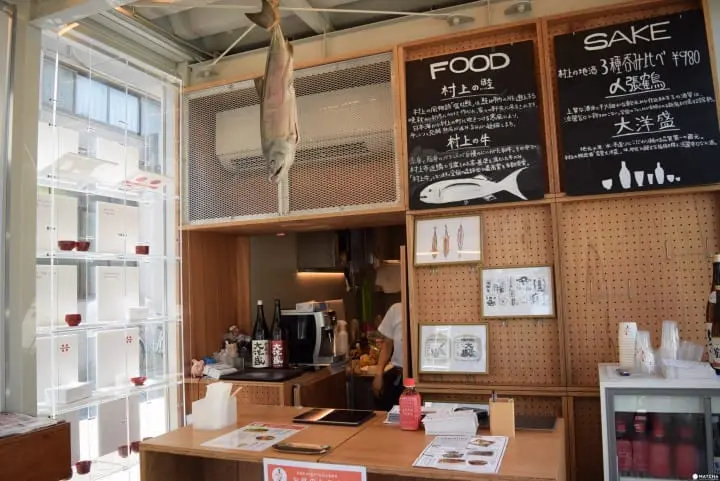
The Murakami Grand Festival, Senami Grand Festival, and Iwafune Grand Festival are the three grand festivals of Murakami that have taken place since 1633. A takeout menu using Murakami beef, not to mention salmon that is loved by the people of Murakami, is offered during lunch time in this space made in the image of those festivals.

The above photo is of the Iwafune Koshihikari Rice Bento Murakami Salt Cured Salmon Ben (972 yen plus tax). The bottom left photo is of the Iwafune Koshihikari Rice Bento Murakami Beef Ben (1080 yen plus tax).
The Murakami Tea Soft Serve Garnished with Salt From the Sasagawa Nagare Coast (360 yen plus tax) is recommended for dessert.
You can also enjoy Japanese sake and dishes using ingredients from Murakami once night falls, so how about visiting during both the day and night to immerse yourself in the charms of Murakami?
Tabisuru Store
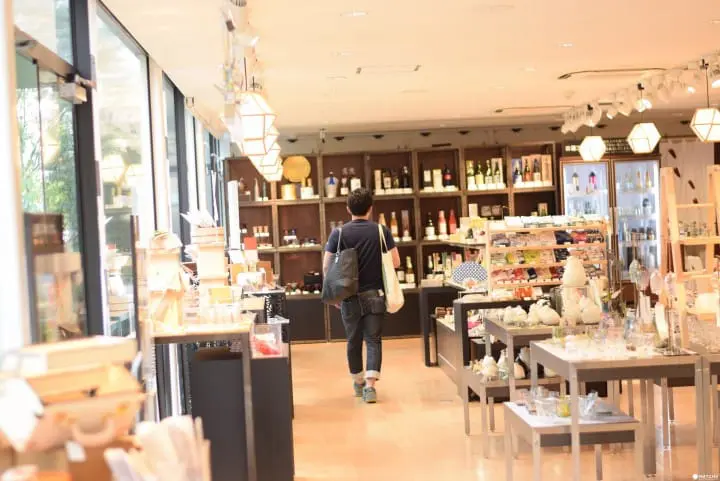
Isetan Mitsukoshi is a long-standing department store with locations in eight countries. The store interior is likened to that of a ryokan (inn) of olden Japan. Products were carefully selected nationwide and are artfully arranged here in this store.

The Fuji Wan Couple (5400 yen plus tax) is a product inspired by the symbol of Japan Mount Fuji.
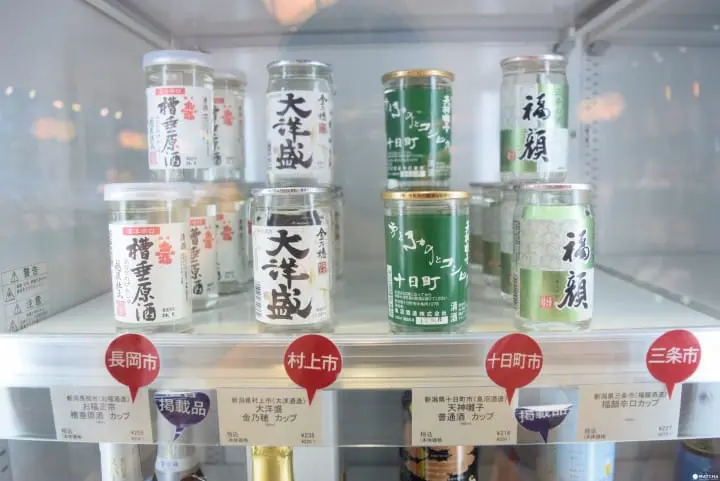
Japanese sake from each region is also available here. In the photo, from the left, are sake from Nagaoka, Murakami, Tokamachi, then Sanjo. One cup is sold for 216 yen and up plus tax.
Tabisuru Café
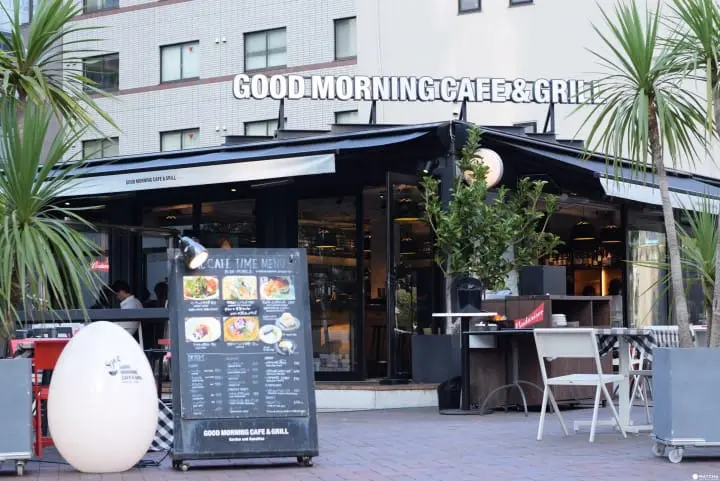
BALNIBARBI, a Japanese food and drink planning company that have shared the charms of Japan’s regions through food, have prepared a special menu using regional ingredients in accordance to the theme of the season. There are various drinks and desserts from a menu that will satisfy your stomach.
The special menu will change together with the Tabisuru Stands depending on the season, so definitely be sure to try visit while looking forward to what is being offered.
Tabisuru Pop-Up
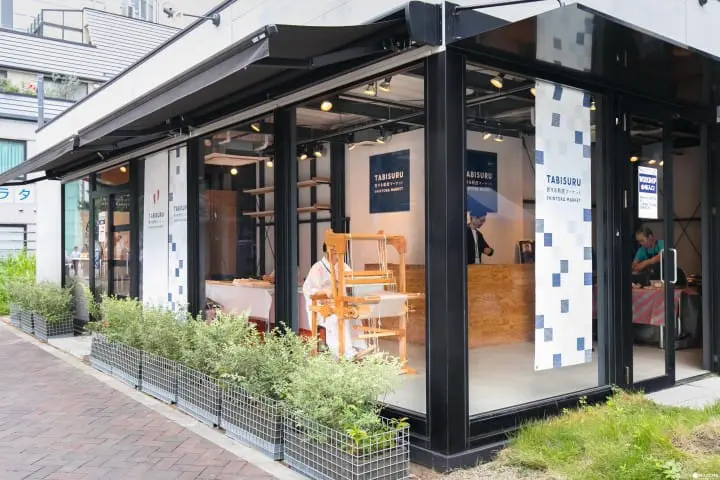
This is a traditional culture workshop where you can experience various handicrafts which is only held on weekends. So far, weaving, knife sharpening, and blacksmith workshops have been held.
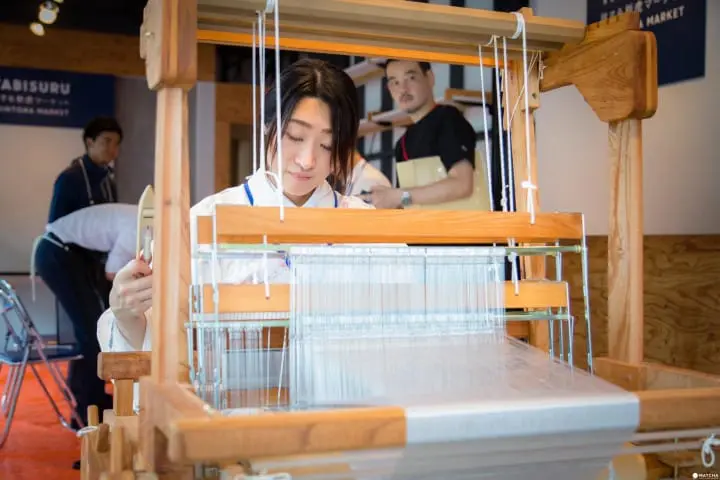
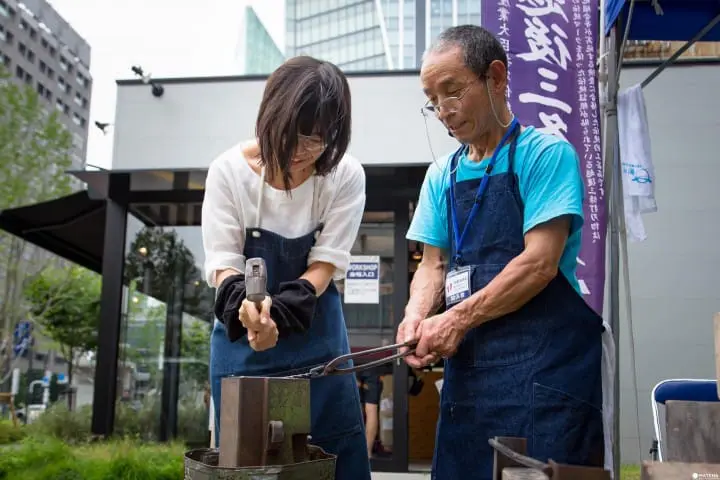
Please check the official website of Tabisuru Shintora Market (Japanese) for more details as to the workshop’s contents, time slots, and fees, which will vary depending on the period. Why not try having a more personal experience with the local charms of these crafts?
For "The Japan Connect"
Fascinating foods, products, and events from all throughout Japan are gathered together for travelers to become further familiar with the regions of Japan and is being shared from Shintora Avenue at Tabisuru Shintora Market.
The charms of each region are fully packed here in this market. Definitely please try visiting once when coming to Tokyo!
* The content of this article is about the stores that were featured during July 2017.
好奇心旺盛! I am very curious.






























